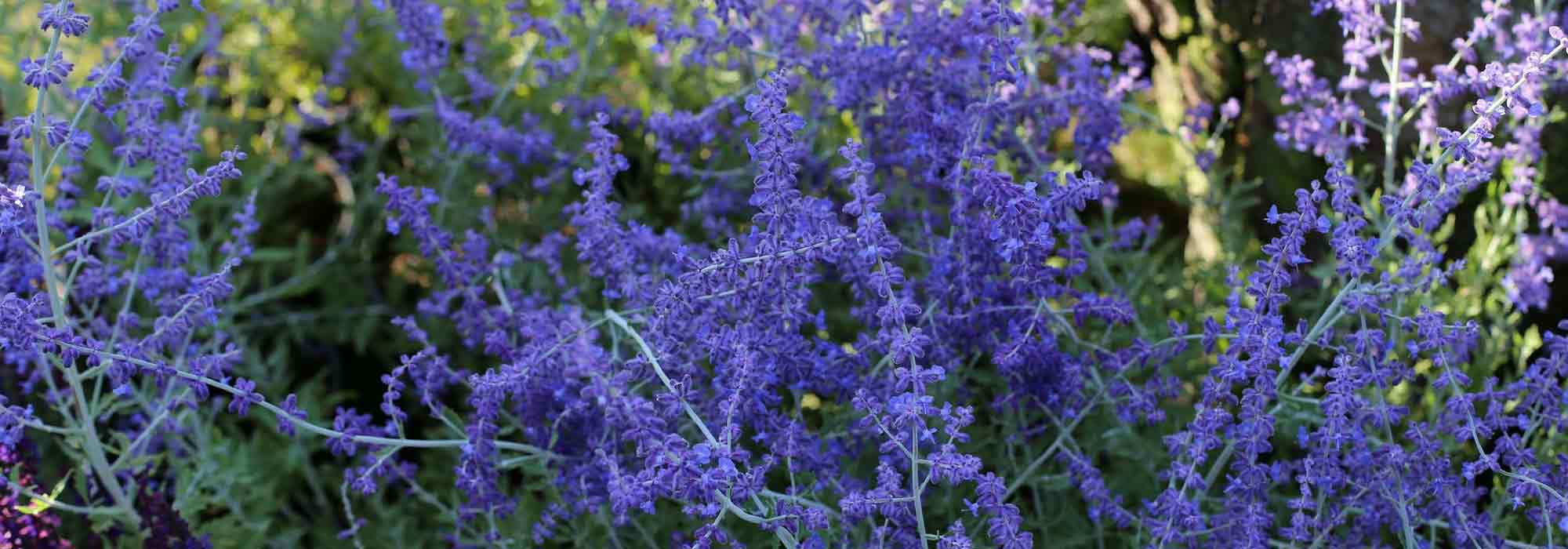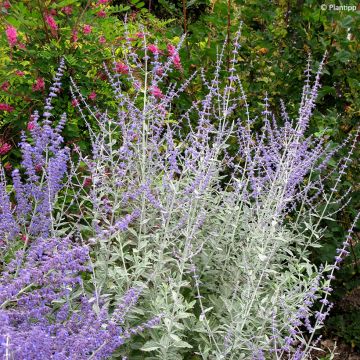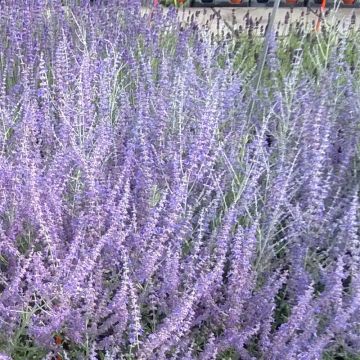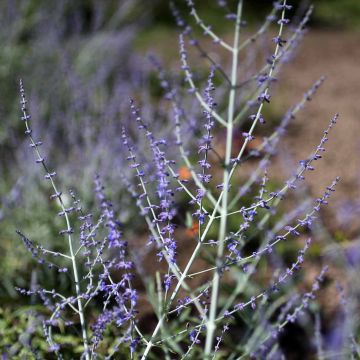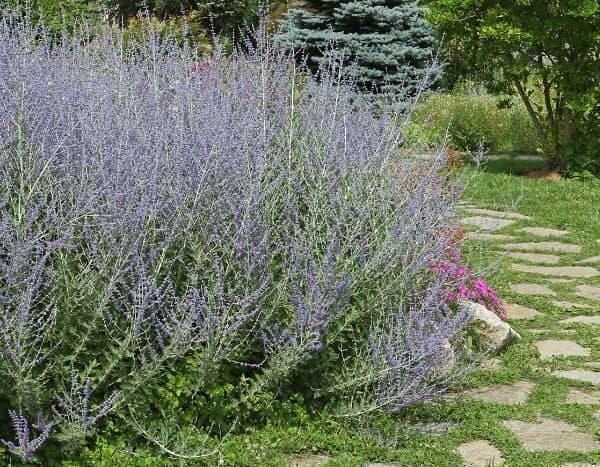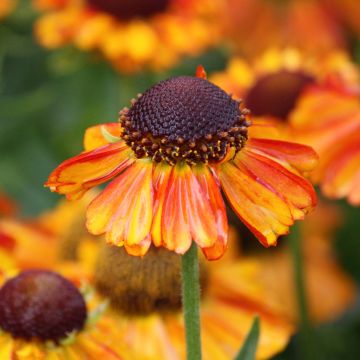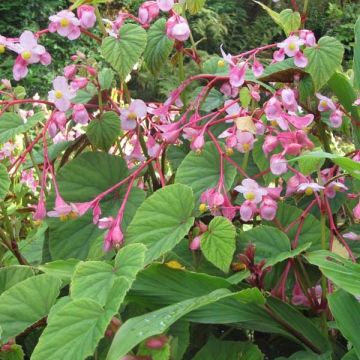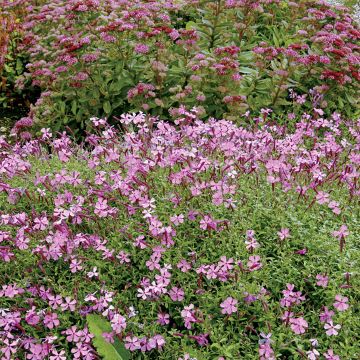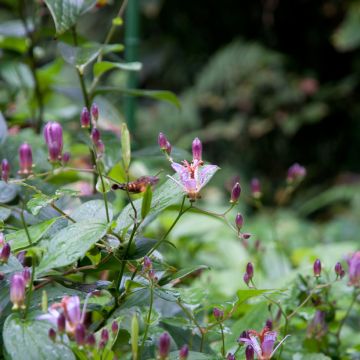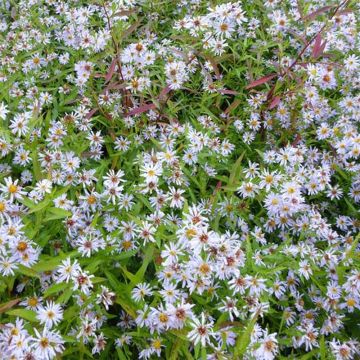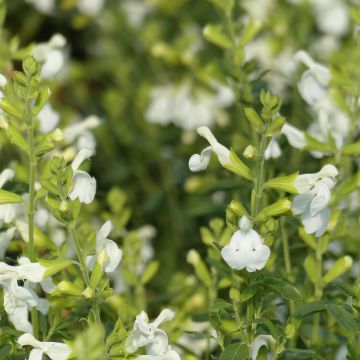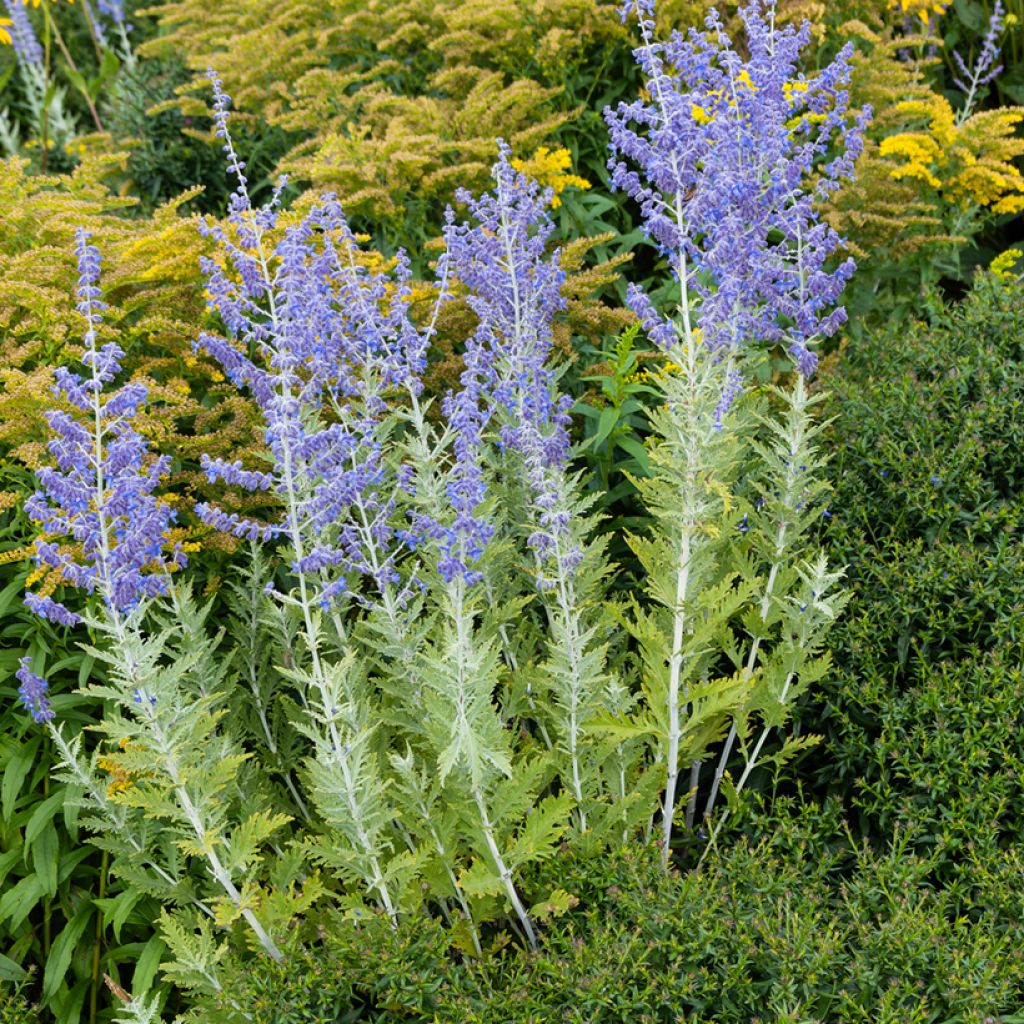

Perovskia atriplicifolia Blue Spire - Russian Sage
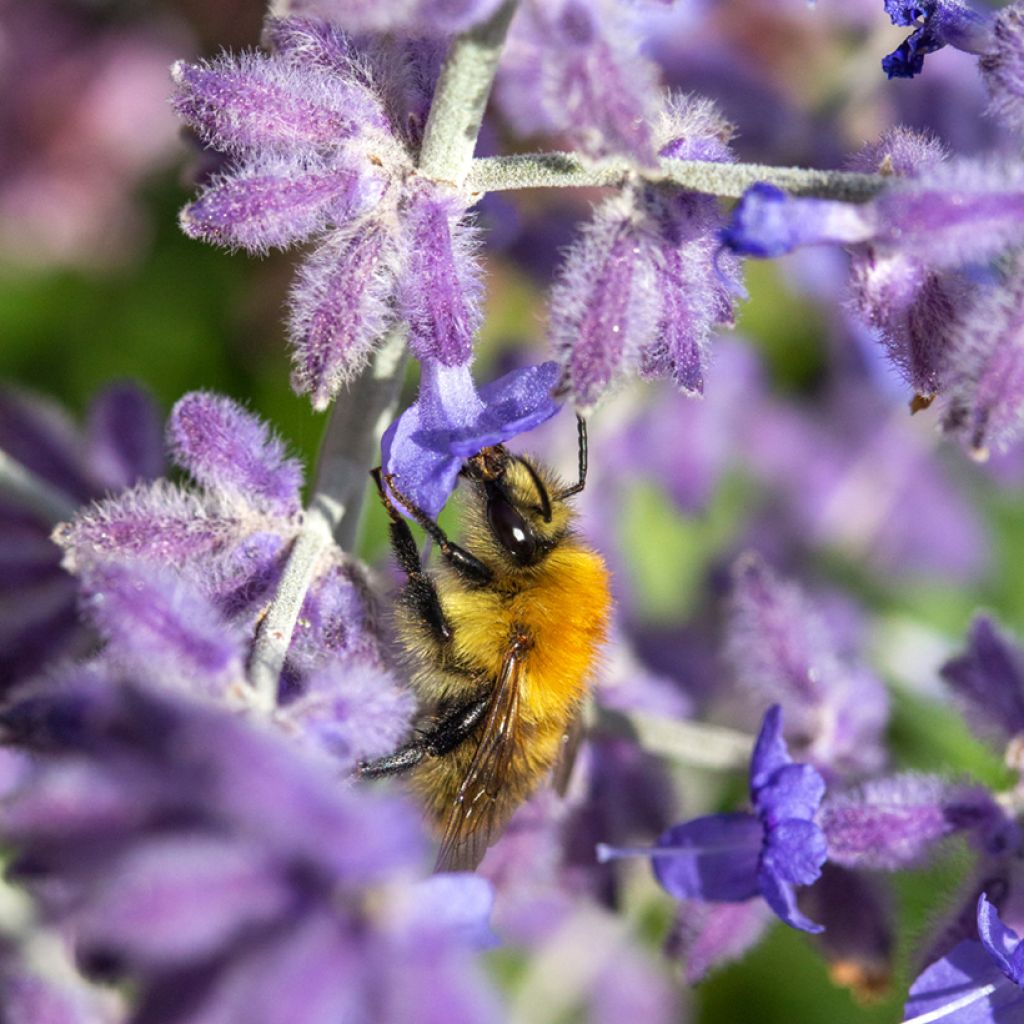

Perovskia atriplicifolia Blue Spire - Russian Sage
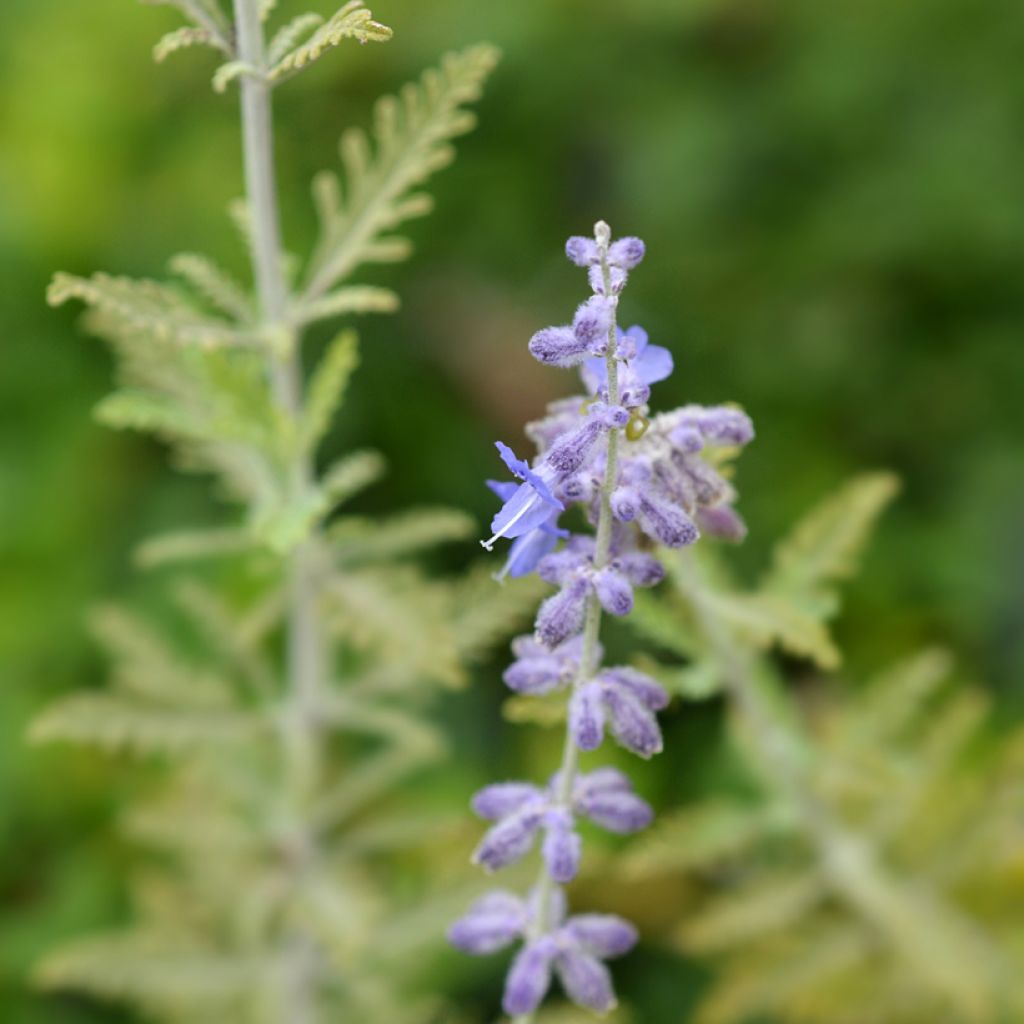

Perovskia atriplicifolia Blue Spire - Russian Sage
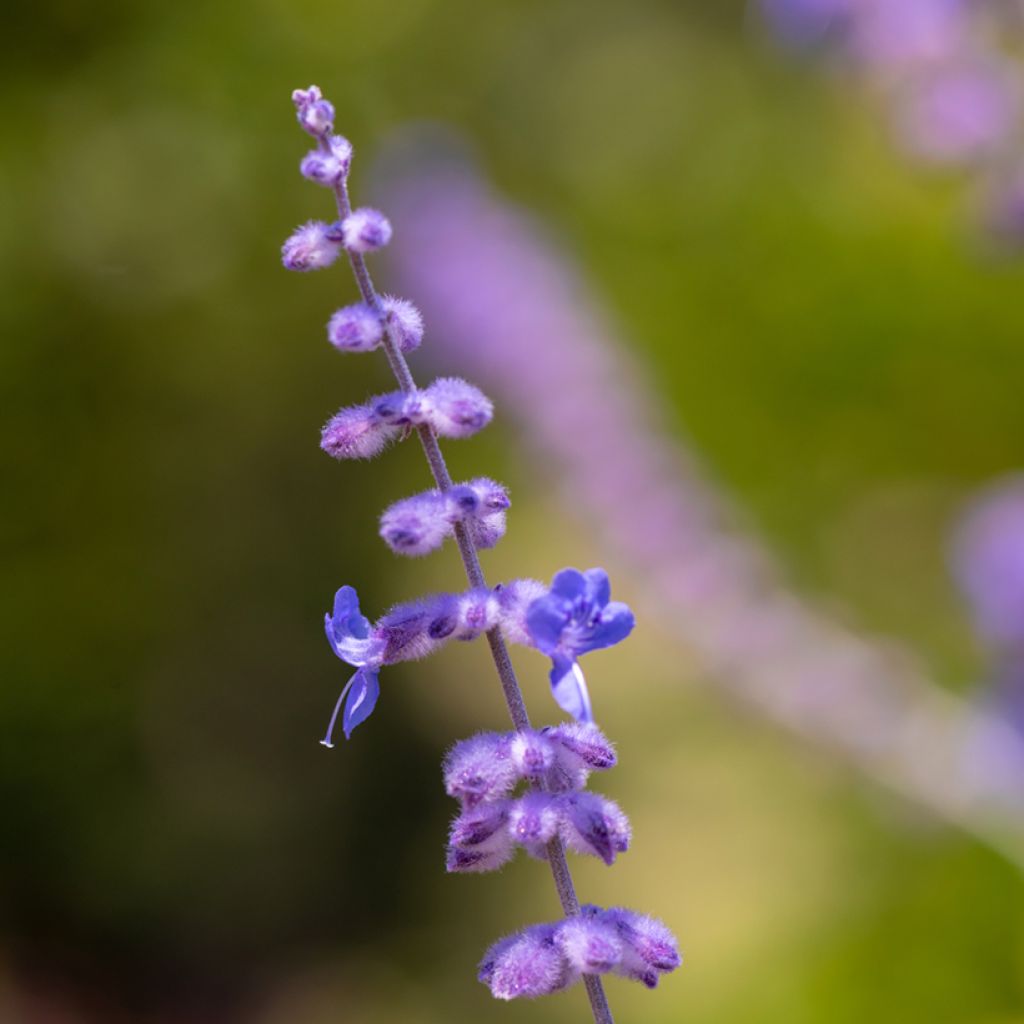

Perovskia atriplicifolia Blue Spire - Russian Sage


Perovskia atriplicifolia Blue Spire - Russian Sage
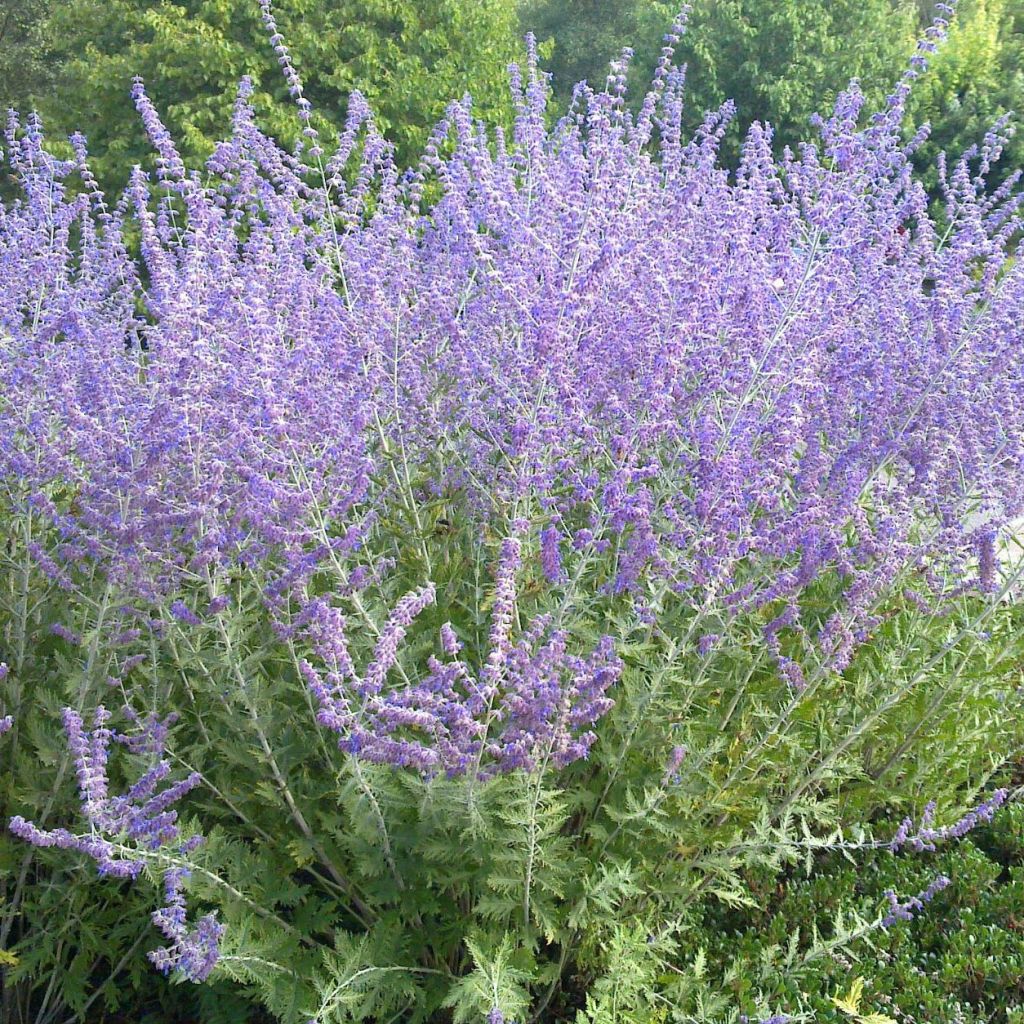

Perovskia atriplicifolia Blue Spire - Russian Sage
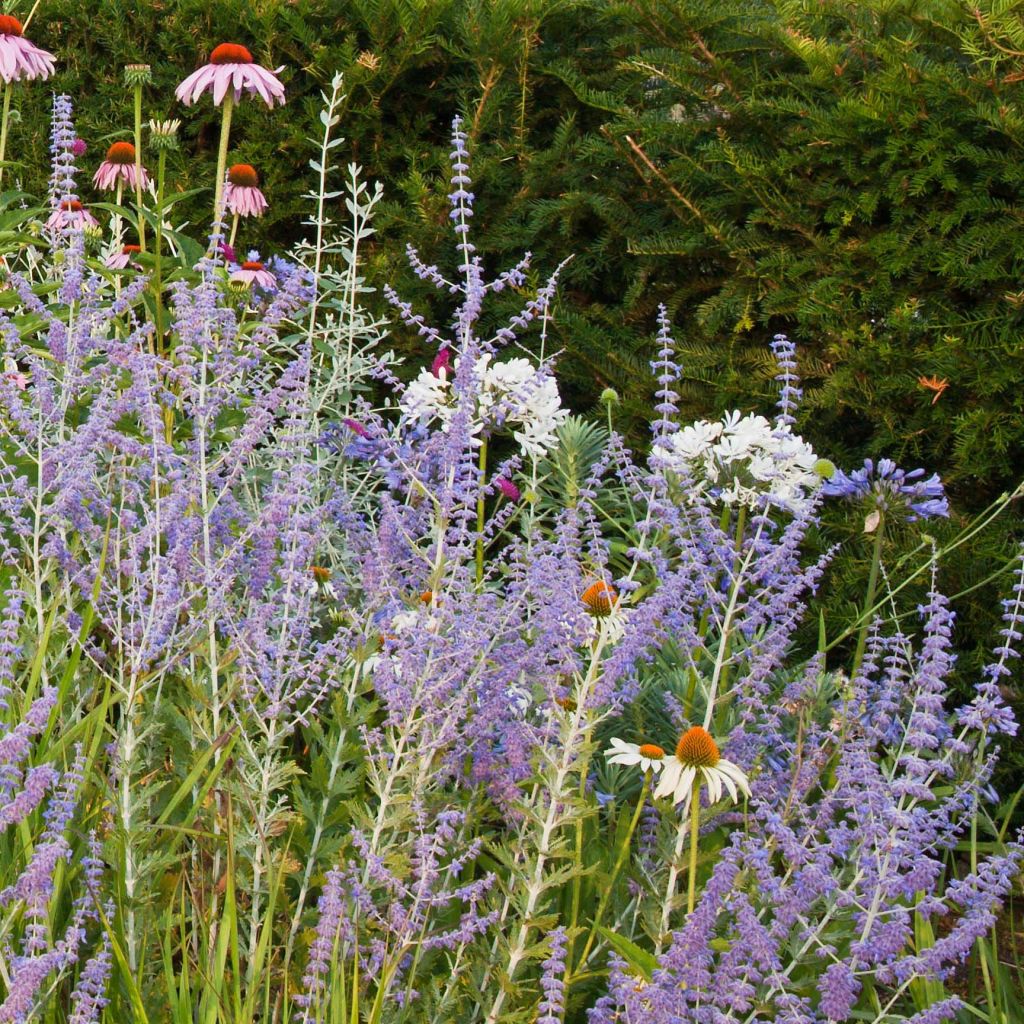

Perovskia atriplicifolia Blue Spire - Russian Sage
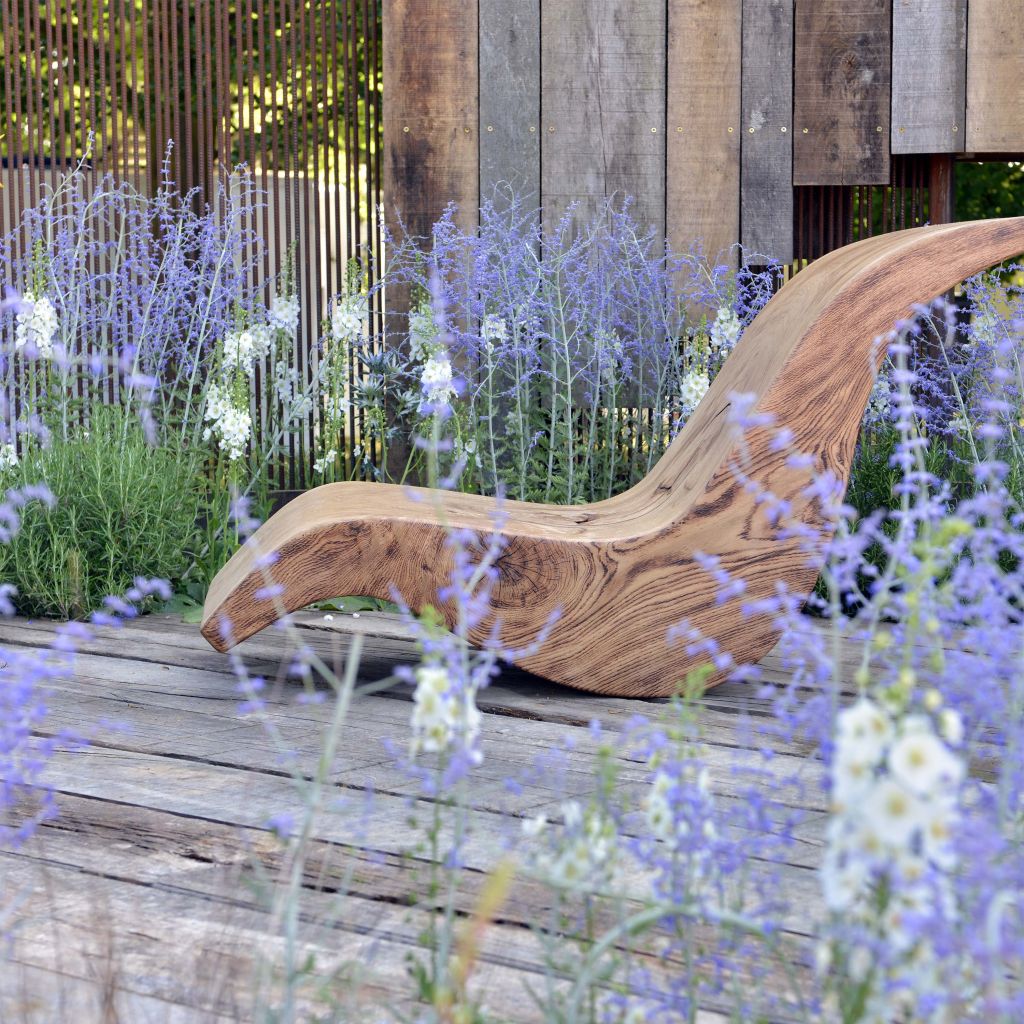

Perovskia atriplicifolia Blue Spire - Russian Sage
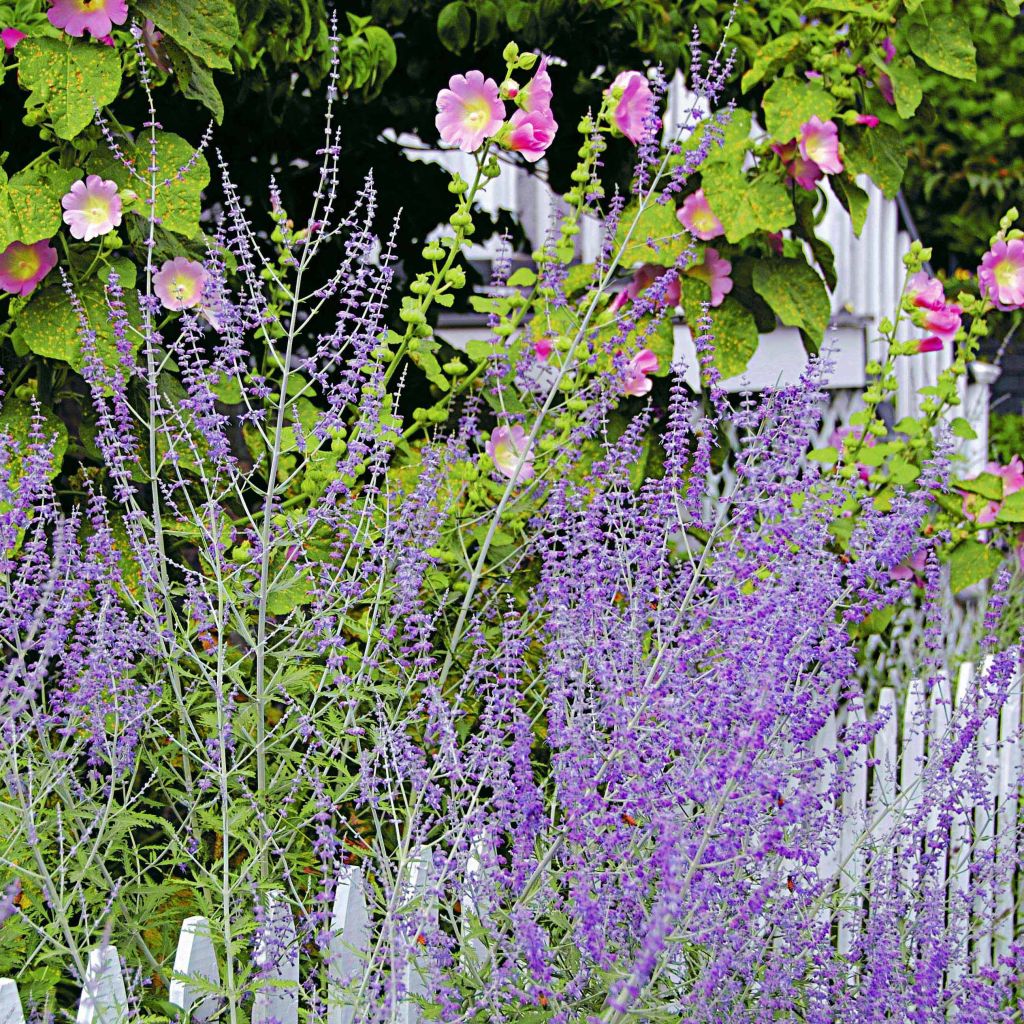

Perovskia atriplicifolia Blue Spire - Russian Sage
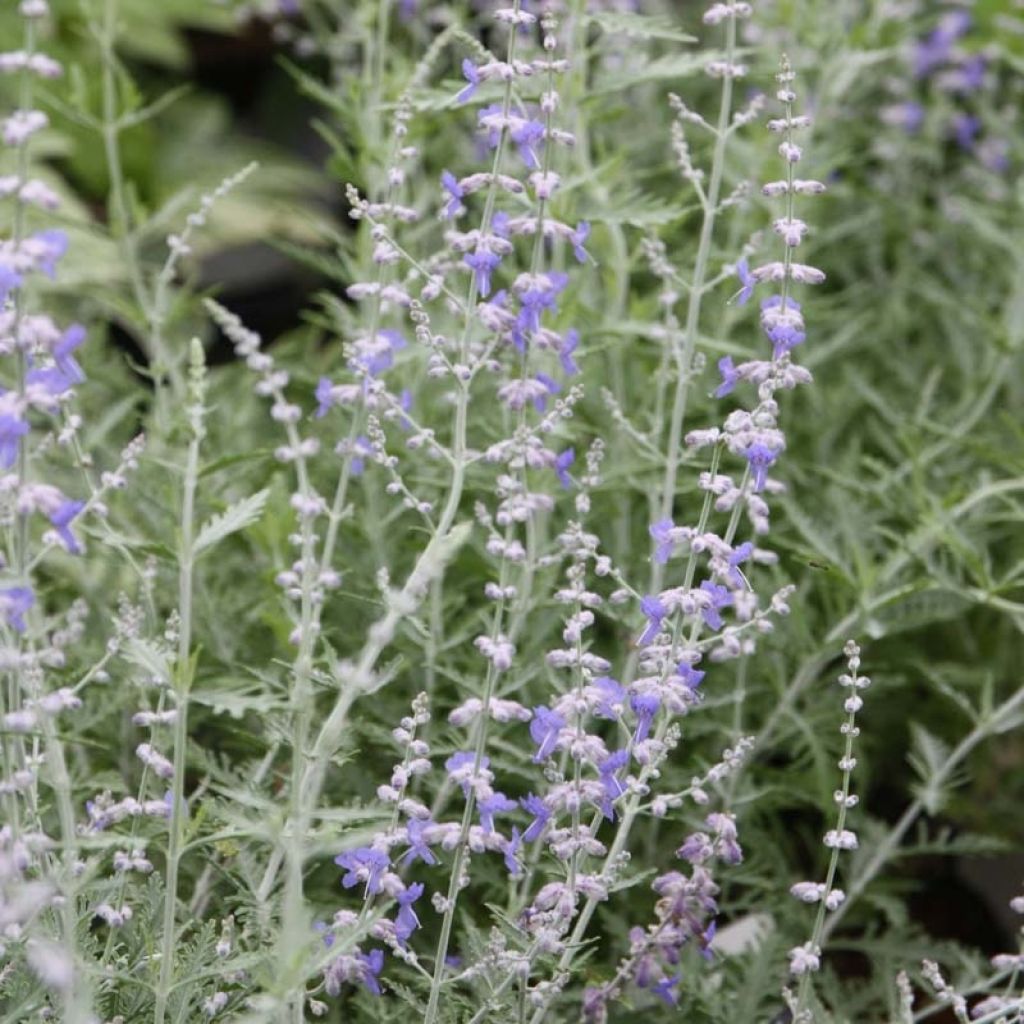

Perovskia atriplicifolia Blue Spire - Russian Sage
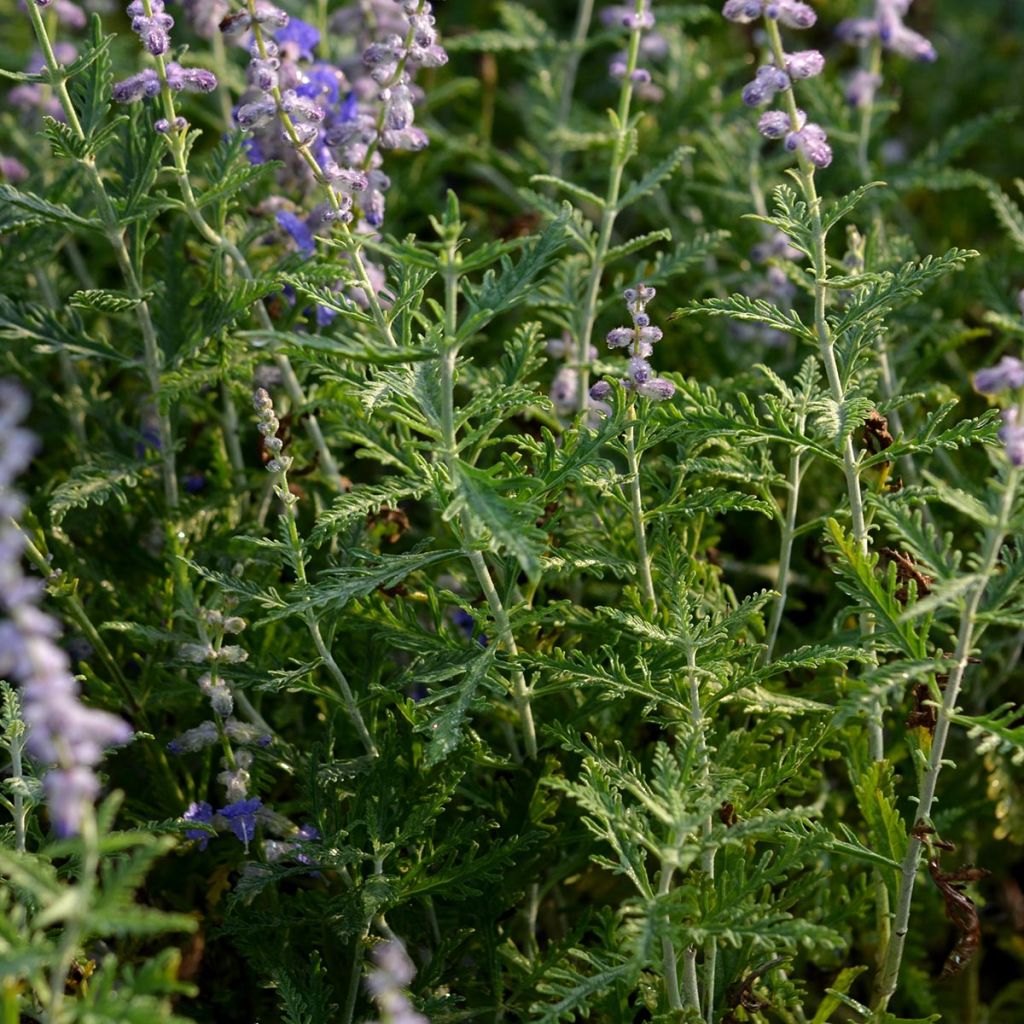

Perovskia atriplicifolia Blue Spire - Russian Sage
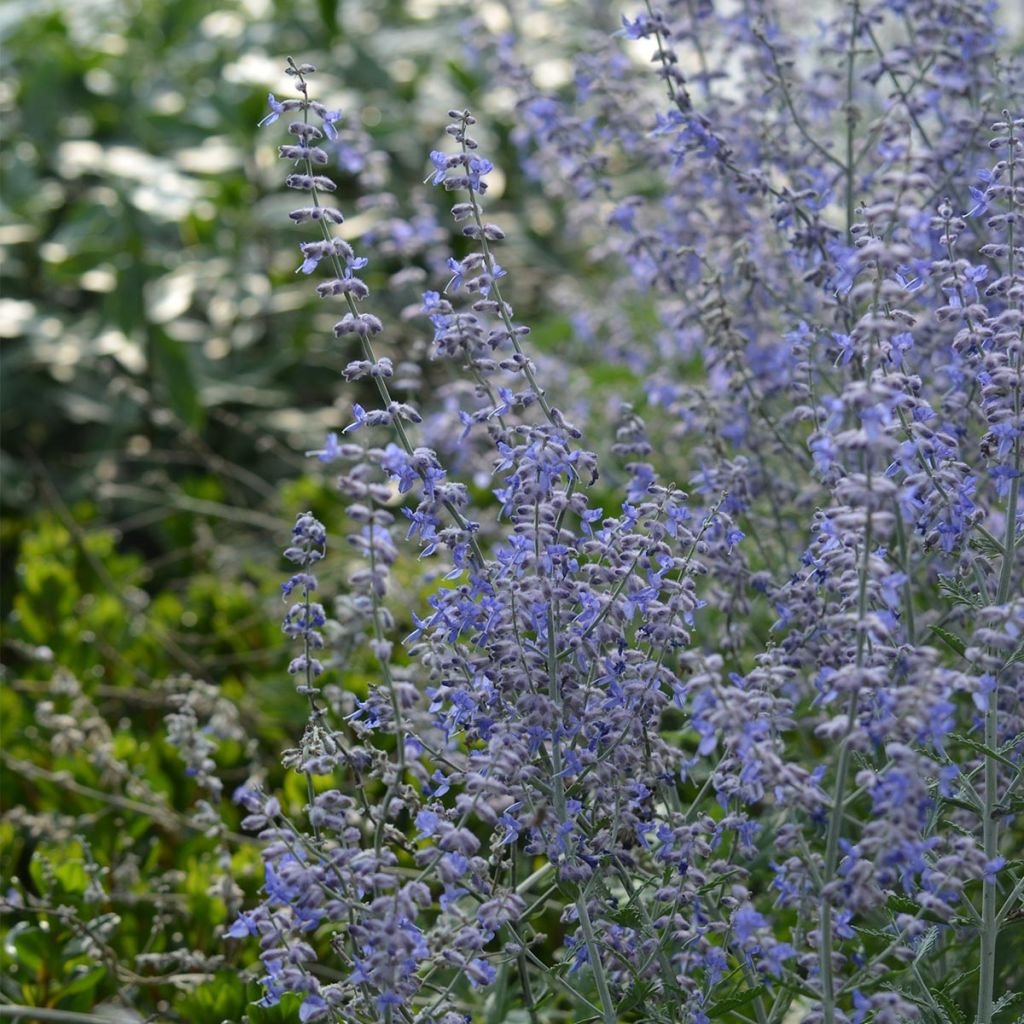

Perovskia atriplicifolia Blue Spire - Russian Sage
View more pictures
Hide images
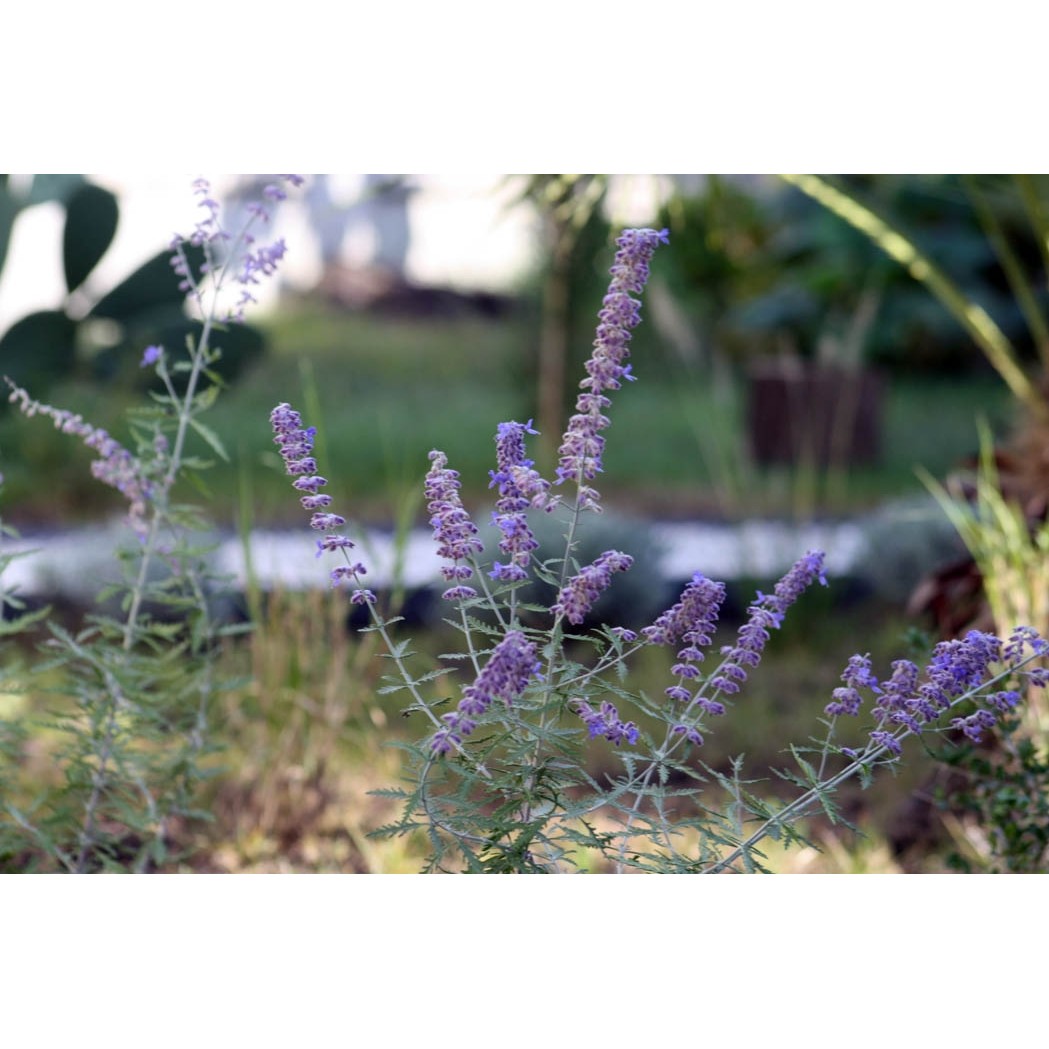
Laurence C.

This is a plant that I highly recommend! The Perovskia atriplicifolia Blue Spire is simply stunning in my garden. The silvery foliage and the beautiful blue flowers create a mesmerising contrast. It's also a magnet for bees and butterflies, which adds a lo
Laurence C. • 40 FR
Perovskia atriplicifolia Blue Spire - Russian Sage
Perovskia x atriplicifolia Blue Spire
Russian Sage, Afghan Sage
Thank you to the team (for order preparation and shipping), the young plant received seems healthy. Planted near a wall and Nerium oleander, I'm now patiently waiting for it to take root...(or not?).
Thierry, 27/08/2025
Special offer!
Receive a €20 voucher for any order over €90 (excluding delivery costs, credit notes, and plastic-free options)!
1- Add your favorite plants to your cart.
2- Once you have reached €90, confirm your order (you can even choose the delivery date!).
3- As soon as your order is shipped, you will receive an email containing your voucher code, valid for 3 months (90 days).
Your voucher is unique and can only be used once, for any order with a minimum value of €20, excluding delivery costs.
Can be combined with other current offers, non-divisible and non-refundable.
Home or relay delivery (depending on size and destination)
Schedule delivery date,
and select date in basket
This plant carries a 12 months recovery warranty
More information
We guarantee the quality of our plants for a full growing cycle, and will replace at our expense any plant that fails to recover under normal climatic and planting conditions.

Would this plant suit my garden?
Set up your Plantfit profile →
Description
The Perovskia atriplicifolia 'Blue Spire', also known as Russian Sage or Afghan Lavender, is a small bush cultivated for its exceptional abundance of lavender blue flowers and its aromatic foliage. On this plant with white and flexible stems, which resembles a very large lavender from a distance, numerous spikes loaded with small intensely bright flowers emerge for 3 months in the bright light of summer. In addition to the visual pleasure, there is olfactory curiosity: its small hairy leaves leave a fragrance on the fingers that is as complex as it is powerful. This Perovskia, essential in a dry or non-irrigated garden, will bring to all flower and shrub beds the indispensable blue and soothing note that is often lacking in summer.
Probably resulting from the cross-breeding between Perovskia abrotanoides and Perovskia atriplicifolia, often considered a large woody perennial, Perovskia atriplicifolia 'Blue Spire' is a cultivar that is more vigorous than its parents, very interesting for the quality and duration of its flowering. It is an aromatic plant from the Lamiaceae family, which includes, among others, other highly scented plants such as thyme, sage, lavender, and mint. Its two presumed parents are native to the arid mountains of Iran and Turkmenistan for the first, and Afghanistan, or even southern Siberia for the second. 'Blue Spire' is a plant that is resistant to both dryness and cold, with vegetation that disappears in winter.
At maturity, after 4 years of cultivation, this slightly spreading bushy shrub will reach a height of approximately 1.20 m (3.9 ft) when flowering, with a spread of 80 cm (31.5 in). The diffuse branches emerge from the stump in spring. They are adorned with small velvety and toothed leaves, of a soft green-grey colour, which becomes even lighter as the soil becomes dry in summer. They are very aromatic and release a complex fragrance when crushed, initially evoking an animal odor, very fleeting, then a menthol aroma, ending with a sweet note that is somewhat reminiscent of lychee. Flowering occurs from June to September, or even from June to October in Mediterranean climates, with exceptional abundance. It consists of a multitude of tiny blue-mauve flowers grouped in ramified spikes at the ends of the stems. This flowering attracts and nourishes bees and bumblebees throughout the summer.
Perovskia Blue Spire is preferably used in shrub borders or large perennial beds. It is also found in large borders, rockeries, and low hedges. It is a plant widely used by urban landscapers in the South of France, as well as in coastal areas. It can also be grown in pots to beautify balconies and terraces. It is an absolutely essential plant in a dry garden. You can accompany it with other summer-flowering shrubs or perennials in pink, white, or yellow. Consider, for example, Gauras, Lychnis coronaria, shrubby salvias, shrubby potentillas, Epilobium canum Western Hills, Echium russicum, Oenothera drummondii. Perovskia atriplicifolia pairs very well with remontant roses. Its combination with ornamental grasses (Stipa ichu, Miscanthus, Panicum virgatum Squaw, Muhlenbergia...) is always successful in a more wild, refined, or contemporary style garden. Its dried leaves can be used to make an infusion that helps fight against aphid invasions, whiteflies, and scale insects.
NOTE: Attention, the branches of the shrub are dry in winter. Its branches are semi-evergreen and will be cut back to the ground in late winter. New shoots will develop from the stump in early spring.
Perovskia atriplicifolia Blue Spire - Russian Sage in pictures
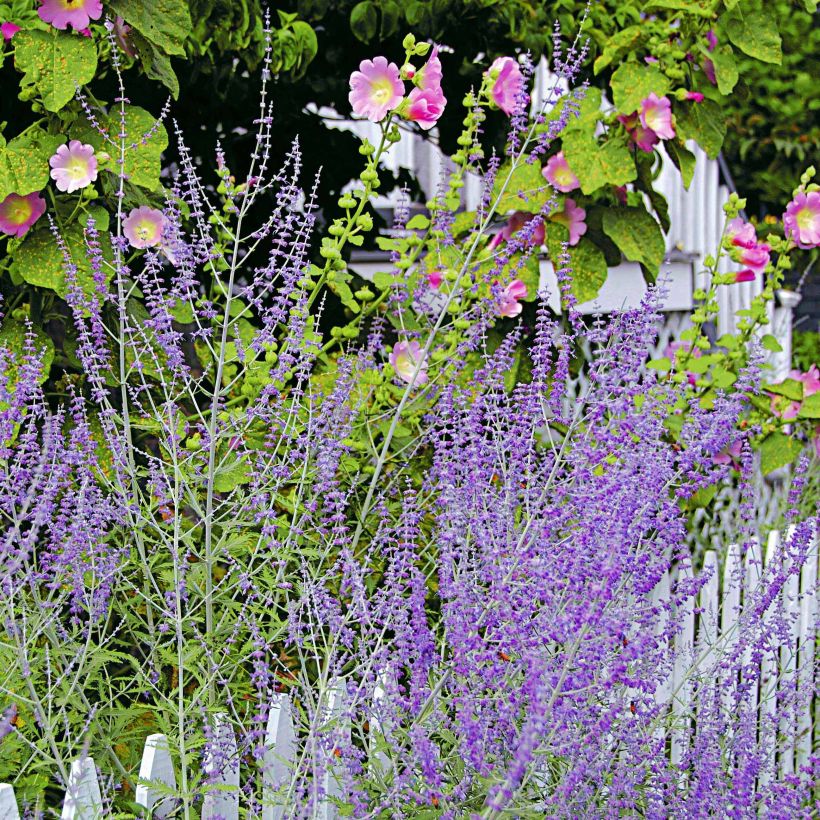

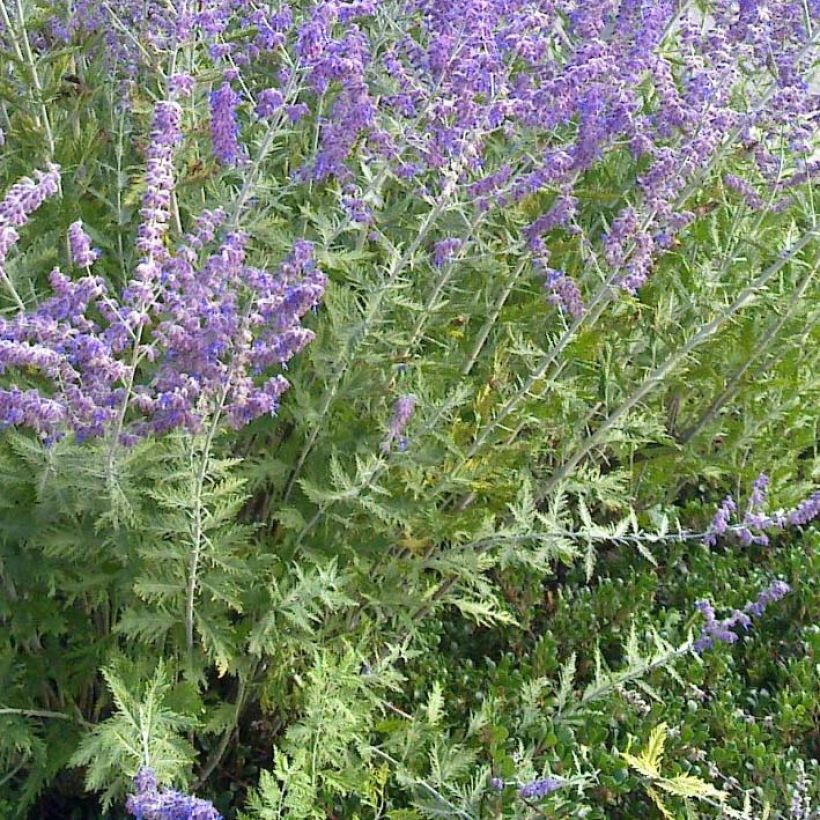

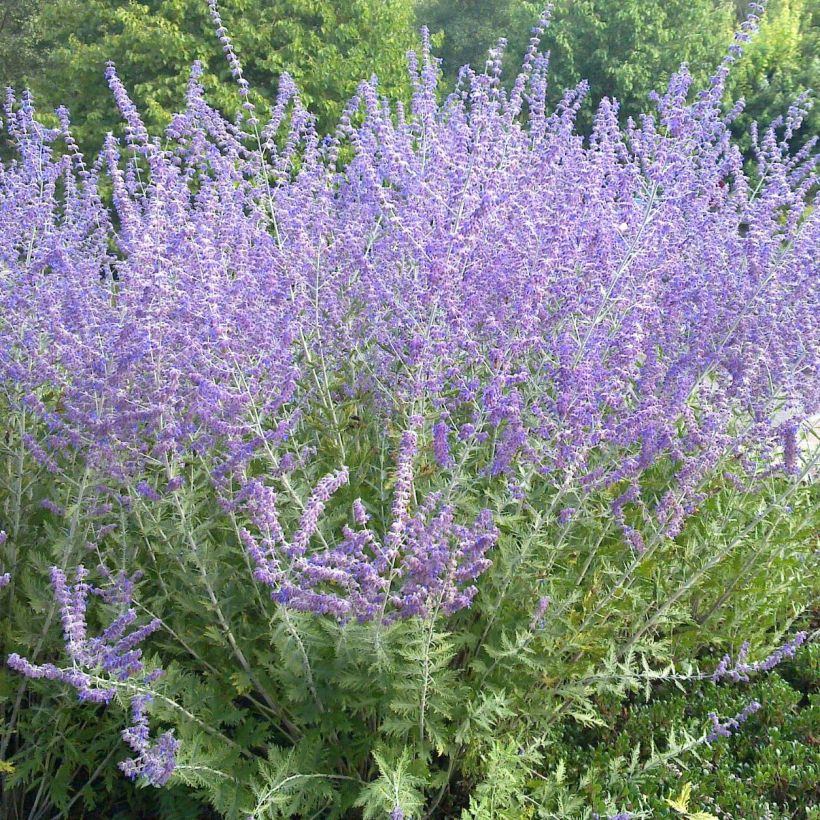

Flowering
Foliage
Plant habit
Botanical data
Perovskia
x atriplicifolia
Blue Spire
Lamiaceae
Russian Sage, Afghan Sage
Central Asia
Other Perovskia
View all →Planting and care
Perovskia Blue Spire loves the sun and well-drained soils, even poor and sandy or limestone soils. A too fertile soil will result in a more significant development, but will harm the plant's density, the bush then tending to open up. Once established, it is very resistant to drought and is not afraid of slugs, insect attacks or diseases. It also tolerates coastal climates very well. A easy and rewarding bush. Its only maintenance: prune the dry stems at the end of winter, to 10 cm (3.9 in) from the ground.
Planting period
Intended location
Care
Planting & care advice
-
, onOrder confirmed
Reply from on Promesse de fleurs
Similar products
Haven't found what you were looking for?
Hardiness is the lowest winter temperature a plant can endure without suffering serious damage or even dying. However, hardiness is affected by location (a sheltered area, such as a patio), protection (winter cover) and soil type (hardiness is improved by well-drained soil).

Photo Sharing Terms & Conditions
In order to encourage gardeners to interact and share their experiences, Promesse de fleurs offers various media enabling content to be uploaded onto its Site - in particular via the ‘Photo sharing’ module.
The User agrees to refrain from:
- Posting any content that is illegal, prejudicial, insulting, racist, inciteful to hatred, revisionist, contrary to public decency, that infringes on privacy or on the privacy rights of third parties, in particular the publicity rights of persons and goods, intellectual property rights, or the right to privacy.
- Submitting content on behalf of a third party;
- Impersonate the identity of a third party and/or publish any personal information about a third party;
In general, the User undertakes to refrain from any unethical behaviour.
All Content (in particular text, comments, files, images, photos, videos, creative works, etc.), which may be subject to property or intellectual property rights, image or other private rights, shall remain the property of the User, subject to the limited rights granted by the terms of the licence granted by Promesse de fleurs as stated below. Users are at liberty to publish or not to publish such Content on the Site, notably via the ‘Photo Sharing’ facility, and accept that this Content shall be made public and freely accessible, notably on the Internet.
Users further acknowledge, undertake to have ,and guarantee that they hold all necessary rights and permissions to publish such material on the Site, in particular with regard to the legislation in force pertaining to any privacy, property, intellectual property, image, or contractual rights, or rights of any other nature. By publishing such Content on the Site, Users acknowledge accepting full liability as publishers of the Content within the meaning of the law, and grant Promesse de fleurs, free of charge, an inclusive, worldwide licence for the said Content for the entire duration of its publication, including all reproduction, representation, up/downloading, displaying, performing, transmission, and storage rights.
Users also grant permission for their name to be linked to the Content and accept that this link may not always be made available.
By engaging in posting material, Users consent to their Content becoming automatically accessible on the Internet, in particular on other sites and/or blogs and/or web pages of the Promesse de fleurs site, including in particular social pages and the Promesse de fleurs catalogue.
Users may secure the removal of entrusted content free of charge by issuing a simple request via our contact form.
The flowering period indicated on our website applies to countries and regions located in USDA zone 8 (France, the United Kingdom, Ireland, the Netherlands, etc.)
It will vary according to where you live:
- In zones 9 to 10 (Italy, Spain, Greece, etc.), flowering will occur about 2 to 4 weeks earlier.
- In zones 6 to 7 (Germany, Poland, Slovenia, and lower mountainous regions), flowering will be delayed by 2 to 3 weeks.
- In zone 5 (Central Europe, Scandinavia), blooming will be delayed by 3 to 5 weeks.
In temperate climates, pruning of spring-flowering shrubs (forsythia, spireas, etc.) should be done just after flowering.
Pruning of summer-flowering shrubs (Indian Lilac, Perovskia, etc.) can be done in winter or spring.
In cold regions as well as with frost-sensitive plants, avoid pruning too early when severe frosts may still occur.
The planting period indicated on our website applies to countries and regions located in USDA zone 8 (France, United Kingdom, Ireland, Netherlands).
It will vary according to where you live:
- In Mediterranean zones (Marseille, Madrid, Milan, etc.), autumn and winter are the best planting periods.
- In continental zones (Strasbourg, Munich, Vienna, etc.), delay planting by 2 to 3 weeks in spring and bring it forward by 2 to 4 weeks in autumn.
- In mountainous regions (the Alps, Pyrenees, Carpathians, etc.), it is best to plant in late spring (May-June) or late summer (August-September).
The harvesting period indicated on our website applies to countries and regions in USDA zone 8 (France, England, Ireland, the Netherlands).
In colder areas (Scandinavia, Poland, Austria...) fruit and vegetable harvests are likely to be delayed by 3-4 weeks.
In warmer areas (Italy, Spain, Greece, etc.), harvesting will probably take place earlier, depending on weather conditions.
The sowing periods indicated on our website apply to countries and regions within USDA Zone 8 (France, UK, Ireland, Netherlands).
In colder areas (Scandinavia, Poland, Austria...), delay any outdoor sowing by 3-4 weeks, or sow under glass.
In warmer climes (Italy, Spain, Greece, etc.), bring outdoor sowing forward by a few weeks.






























